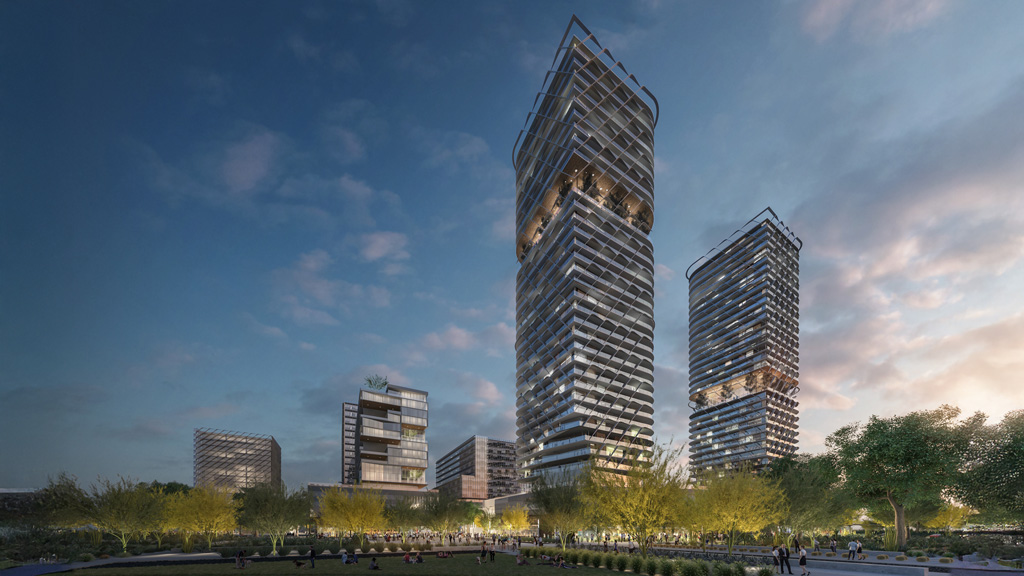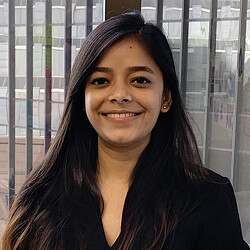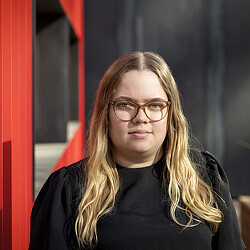The Future of Mixed-Use Communities in Phoenix
February 20, 2025 | By Kamini Chavda and Madeleine Niepceron
Editor's note: this article was originally published on In Business Phoenix.
For over a century, Arizona’s economy has heavily relied on the 5 C’s: copper, climate, citrus, cattle, and cotton. Even today, the 5 C’s serve as defining elements of Phoenix’s cultural identity. But the capital of Arizona has experienced remarkable growth in recent years and is one of the fastest developing cities in the U.S., with an increasing population, a thriving job market, and major tech and manufacturing investments in infrastructure and real estate development. Phoenix is well positioned for continued expansion, capitalizing on new technologies, sustainable practices, and architectural innovation, particularly in the realm of mixed-use communities. As the city embraces this evolution, we, as architects and designers, also recognize the potential of the 5 T’s in Phoenix: Transformation, Tall buildings, Transportation, Technology, and Talents.
1. Transformation
Transformation in Phoenix is imminent. With a continuous influx of leading-edge technology companies moving to the valley, a new ecosystem is developing. Using design as a tool, Phoenix’s next challenge is to integrate workplace, industry, residential, commercial, and recreational spaces to craft a more vibrant and interconnected urban environment. Smart urban planning practices will help optimize land use, reduce urban sprawl, and create more walkable, bike-friendly, and transit-oriented communities. This transformation is also a great opportunity for adaptive reuse and conversion strategies towards a more sustainable future.
2. Tall Buildings
While monolithic, office-focused downtown districts have become a thing of the past, tall buildings still are an amazing opportunity to redefine Phoenix’s living culture. With densified architecture, new and reimagined existing mixed-use projects, combining retail, entertainment, sports, housing, and other lifestyle-oriented developments will make the city more livable, sustainable, and connected. With a growing preference for urban and vertical living, especially among younger generations who value the convenience and lifestyle associated with city life, tall buildings are an important aspect of the city’s metamorphosis. With the pace at which the valley is expanding, suburban downtowns are also expected to evolve with mixed-use developments that will grow vertically, enhancing the quality of life while maintaining the charm and accessibility of suburban settings.
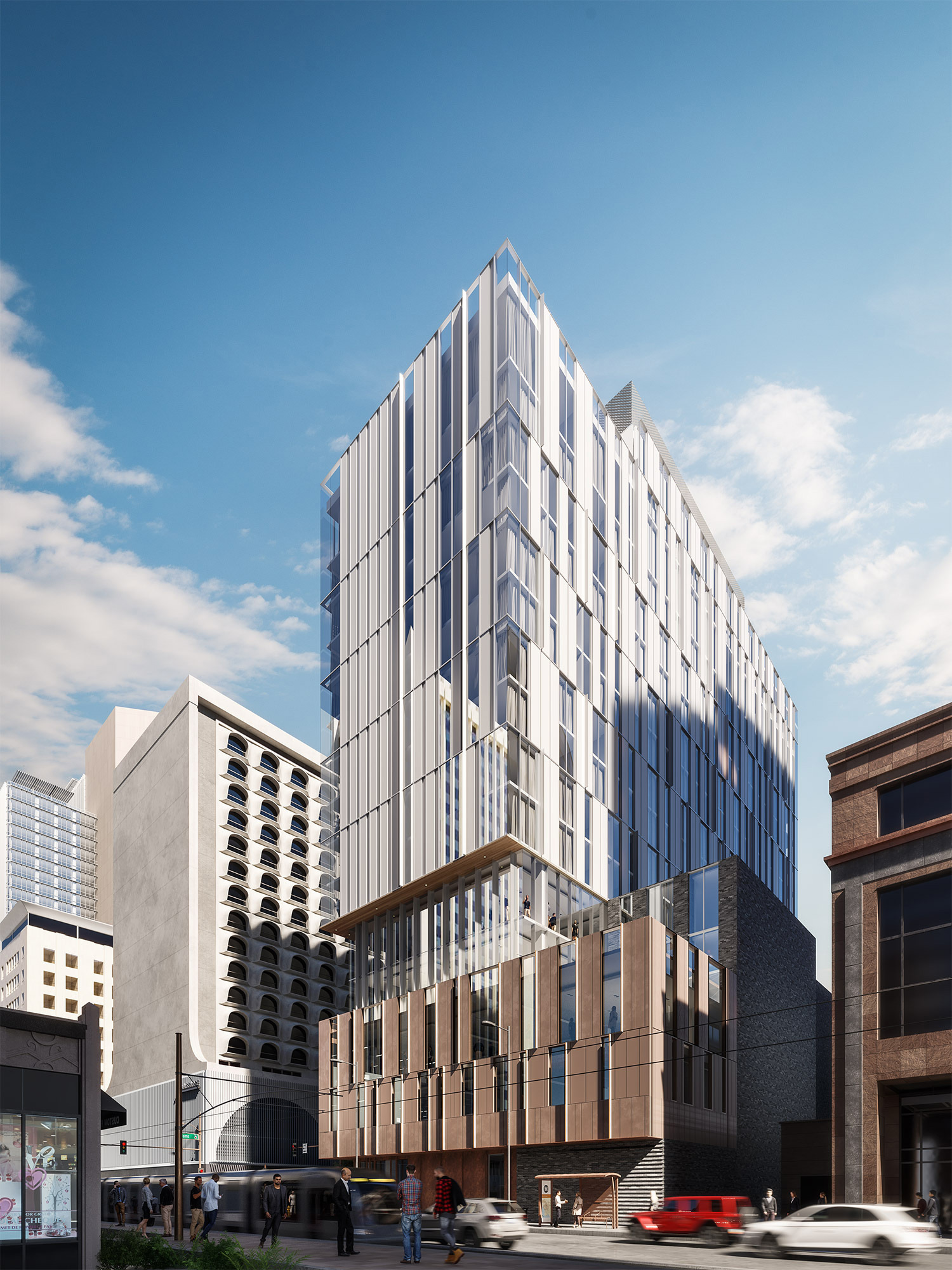
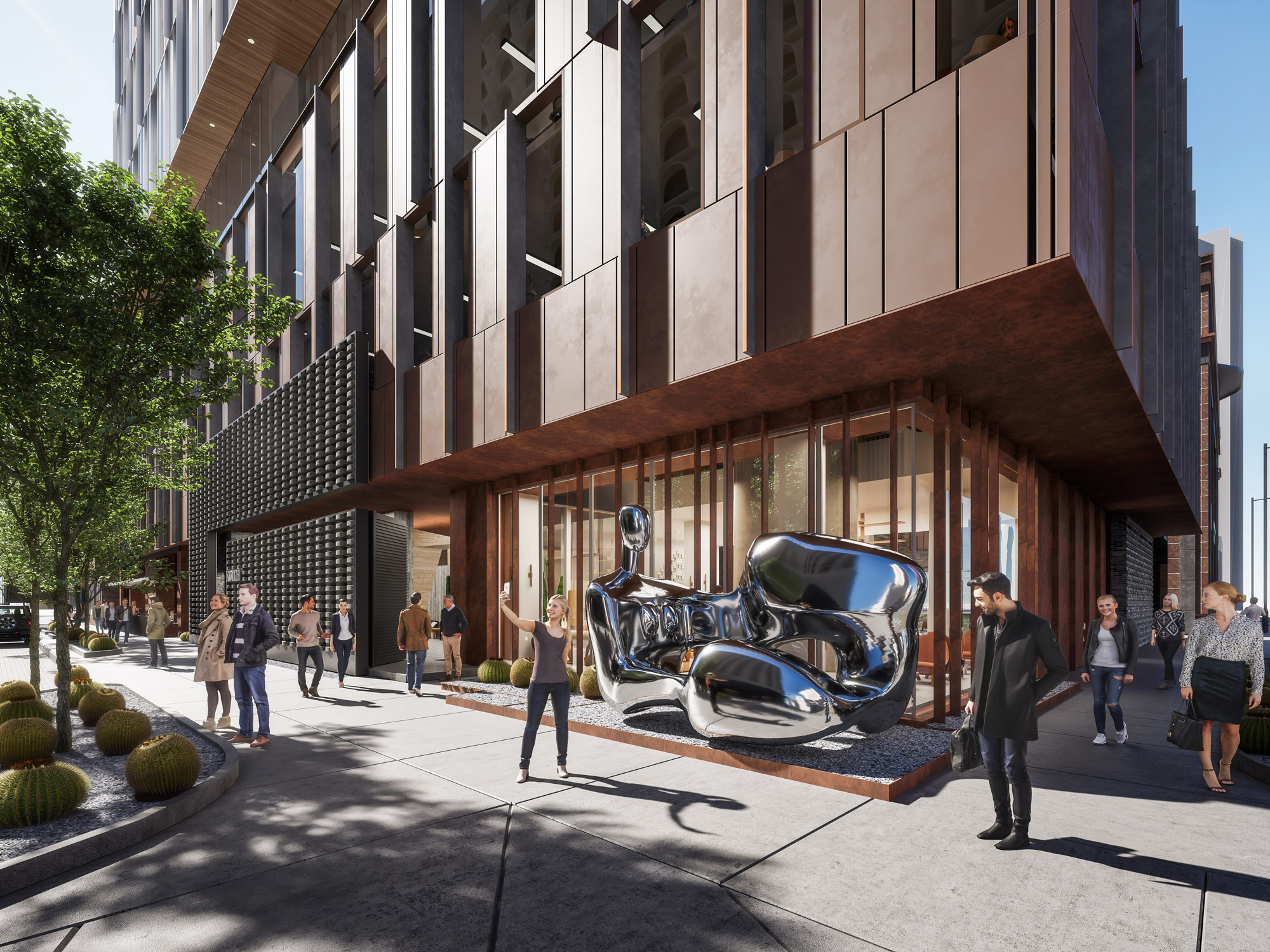
3. Transportation
Phoenix has already established itself as a leader in transportation innovation. With the growing presence of Waymo, self-driving cars developed by Alphabet, and even the exploration of futuristic concepts like flying car technologies, Phoenix is constantly redefining urban mobility. Those innovations present architects and stakeholders with a unique opportunity to reimagine connectivity in Phoenix. Traditional notions of urban design can be reshaped to create dynamic, mixed-use spaces that truly cater to evolving mobility needs. By reducing reliance on personal cars, the 20-minute city is one step closer from becoming a reality in Phoenix.
4. Technology
Arizona is undergoing a remarkable technology boom, with a lot of different startups, established legacy tech companies such as aerospace and semiconductors, and AI technology moving to the state. According to the Arizona Commerce Authority and labor market analytics firm Lightcast, Arizona has become a top 4 state for largest technology and innovation manufacturing employment. This surge has transformed the city of Phoenix into a dynamic hub, attracting talent and investment from around the world and propelling Arizona onto the global stage as a leading tech destination. Embracing sustainable practices will be critical to not only mitigate environmental impact but also foster long-term resilience and shape the trajectory of the continued growth in Arizona.
5. Talents
This oncoming wave of people will inherit a world shaped by rapid technological advancement, evolving urban living standards, and non-negotiable sustainable practices. In Phoenix, we need to collaborate with the city, community stakeholders, engineers, planners and experts, to create a city that incubates and provides mentorship to local businesses, entrepreneurs, start-ups, etc. while supporting the changing needs of the next generation of residents. We can use design as a tool to develop strategies not only to attract but also to retain talent from the thousands of students annually graduating in Arizona.
As Phoenix continues to transform, the convergence of the "5 T's" - Transformation, Tall buildings, Transportation, Technology, and Talents - holds immense promise for the city's evolution. By embracing innovative practices in urban design, sustainable infrastructure, and talent development, Phoenix is poised to redefine what a 21st century metropolis can achieve. The future of this desert oasis lies in its ability to harmonize technological progress, livability, and environmental stewardship — creating a model for other fast-growing cities to follow. The path forward will hold both challenges and immense opportunities for the future of Phoenix’s next chapter.
For media inquiries, email .
